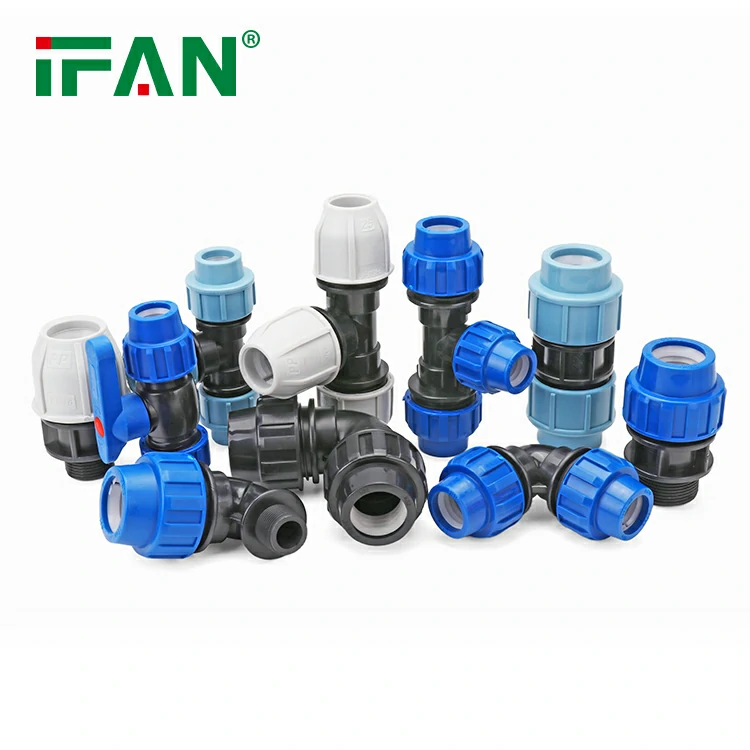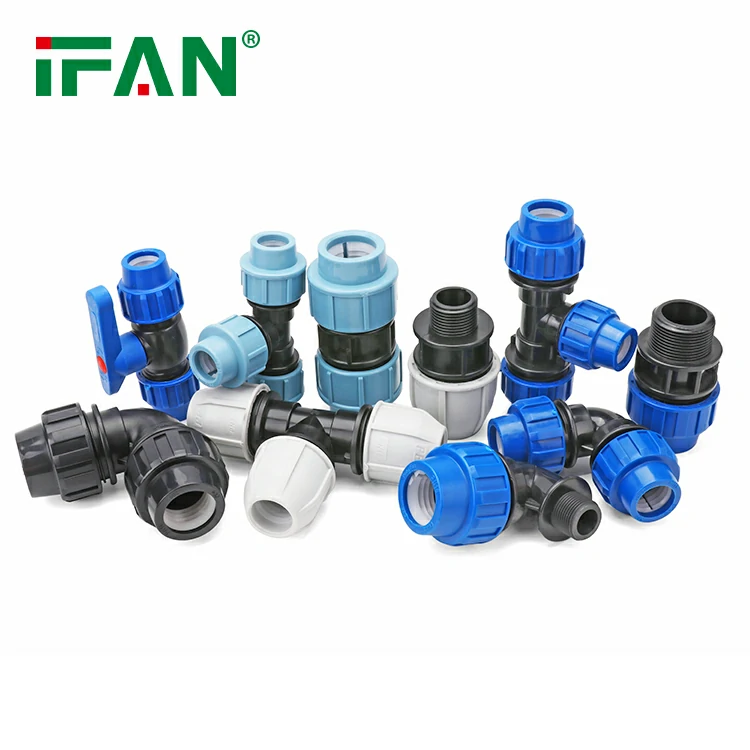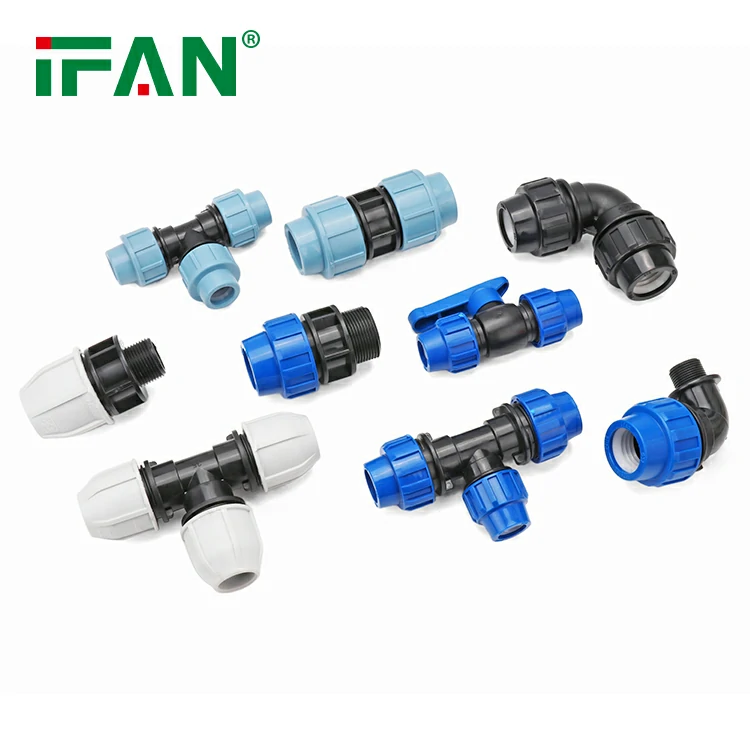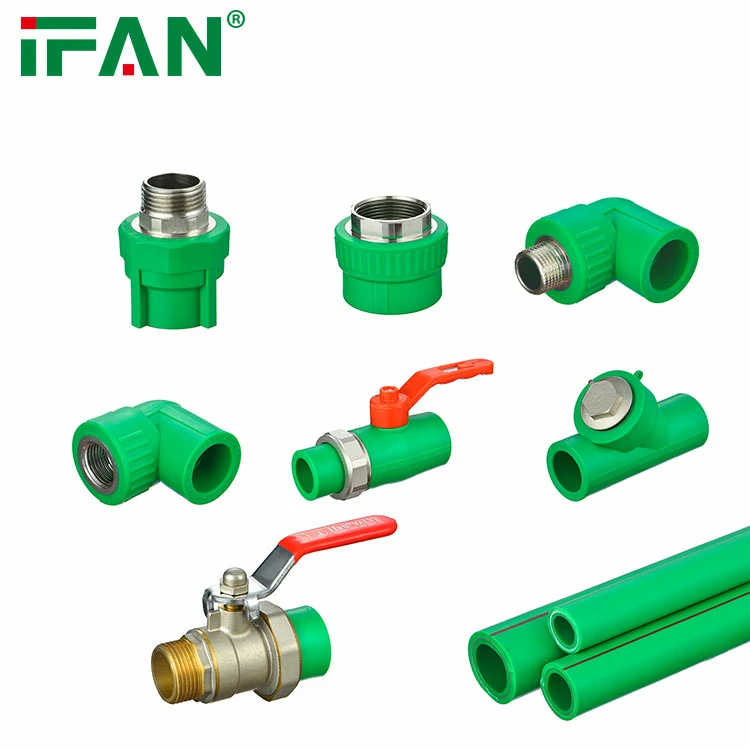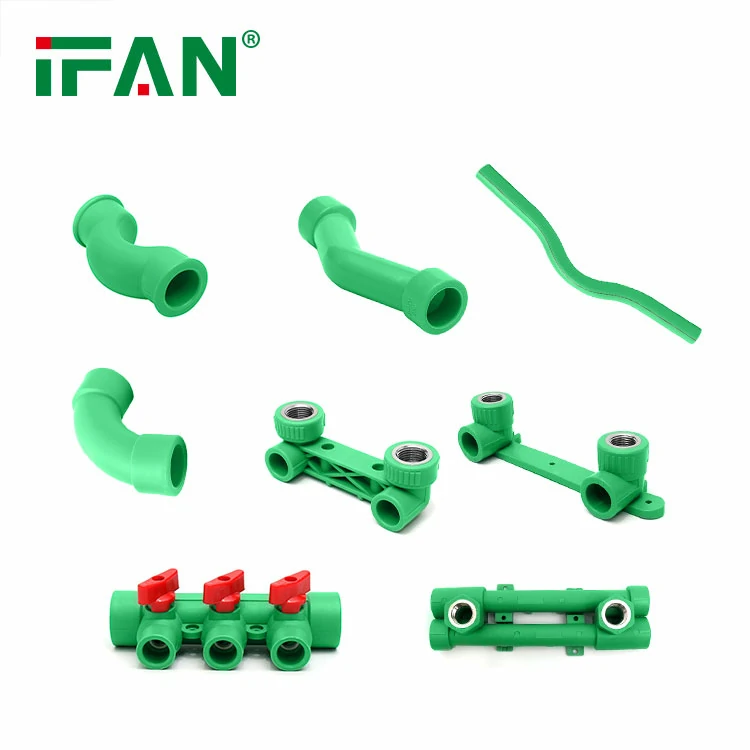Introduction
PVC pipes are versatile and widely used in plumbing, construction, irrigation, and DIY projects. However, what makes PVC systems truly functional is the range of connectors that join pipes together. With the rise of 3D printing, custom connectors for PVC pipes are revolutionizing projects by offering tailored solutions that are affordable and easy to produce. In this article, we’ll explore how 3D-printed connectors are reshaping the PVC pipe industry, their benefits, practical applications, and how you can use 3D printing to create your own connectors for innovative projects.
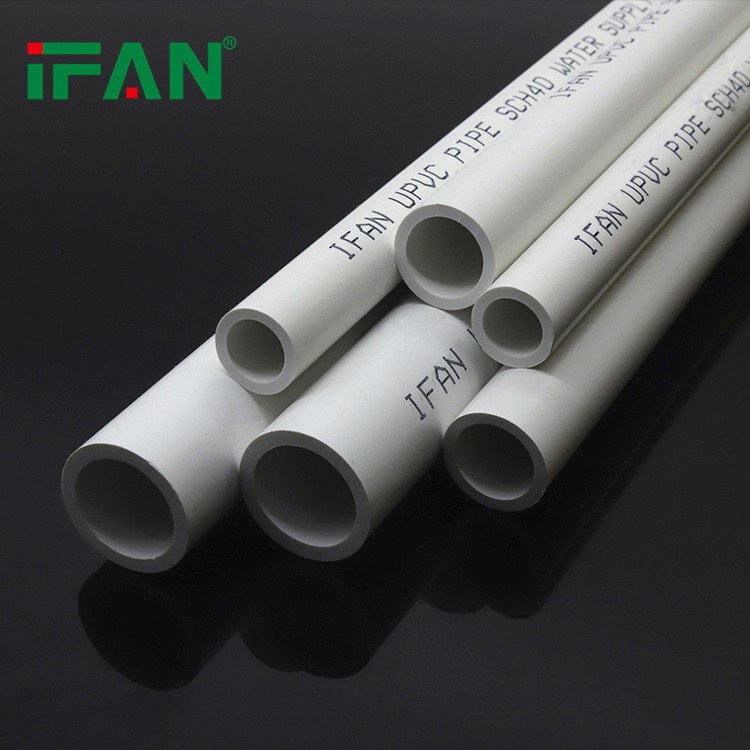
Why Connectors Are Crucial for PVC Pipe Systems
PVC pipes on their own are straight, durable tubes, but to create complex systems or structures, connectors are necessary. Common types of PVC connectors include:
- Elbows: For changing the direction of flow, typically at 90 or 45 degrees.
- Tee Connectors: For branching one pipe into two directions.
- Couplings: For connecting two pipes of the same size.
- Reducers: For joining pipes of different diameters.
- Caps and Plugs: To seal the ends of pipes.
These connectors allow PVC pipe systems to be customized for various applications, from plumbing systems to DIY furniture.
How 3D Printing Enhances PVC Pipe Connectors
3D printing is a game-changer for PVC pipe connectors because it enables users to design and produce custom fittings that meet specific needs.
1. Customization
Standard PVC connectors are limited to fixed shapes and sizes. With 3D printing, you can create connectors tailored to your project, such as unique angles, complex branching systems, or decorative elements for furniture.
2. Cost Efficiency
3D printing connectors reduces costs, especially for unique designs that would otherwise require expensive custom manufacturing. It’s also economical for small-scale projects.
3. Durability and Material Options
3D printers can use materials like PLA, ABS, or PETG, which are durable and compatible with PVC pipes. These materials ensure that connectors hold up under pressure and in various environmental conditions.
4. Rapid Prototyping
3D printing allows you to prototype, test, and refine designs quickly, making it ideal for innovative projects or troubleshooting unique challenges in PVC systems.
Practical Applications of 3D-Printed PVC Pipe Connectors
1. DIY Projects
- Furniture: Create custom connectors for building shelves, tables, or chairs using PVC pipes.
- Garden Trellises: Design unique connectors for supporting plants.
2. Plumbing and Irrigation Systems
- Custom Fittings: Produce connectors for unusual layouts or limited spaces.
- Flow Optimization: Design connectors that improve water flow efficiency.
3. Educational and Scientific Models
- Prototyping Systems: Use PVC and 3D-printed connectors for robotics or experimental apparatus.
- Teaching Tools: Create demonstration models for classrooms.
4. Repair and Replacement
- Hard-to-Find Parts: Replace discontinued or rare connectors with 3D-printed replicas.
- Temporary Fixes: Print emergency connectors to quickly resolve plumbing issues.
How to 3D Print Connectors for PVC Pipes
Step 1: Design Your Connector
Use CAD software like Fusion 360, Tinkercad, or SolidWorks to create your connector model. Ensure the design fits your PVC pipe dimensions and includes any required features, like barbs or threading.
Step 2: Select the Right Material
Choose a 3D printing filament suitable for your application. For example:
- PLA: Easy to print, good for indoor use.
- ABS: More durable and heat-resistant.
- PETG: Excellent for outdoor or high-stress applications.
Step 3: Print Your Connector
Set up your 3D printer, adjust settings like temperature and layer height, and start printing.
Step 4: Test Fit and Refine
Test the connector with your PVC pipes. If adjustments are needed, modify the design and reprint.
Step 5: Assemble and Use
Once satisfied with the fit, assemble your PVC pipe system using the 3D-printed connectors.
Benefits of 3D-Printed PVC Pipe Connectors
- Precision Fit: Custom designs ensure a snug fit with minimal leaks.
- Adaptability: Create connectors for unique applications, such as odd angles or specific flow requirements.
- Sustainability: Reduce waste by printing only what you need, and recycle materials when possible.
- Creativity: Unlock endless possibilities for innovative designs and DIY projects.
Future of 3D Printing in PVC Pipe Systems
The integration of 3D printing with PVC pipe systems is transforming industries, from construction to DIY crafting. As 3D printing technology advances, expect to see more durable materials, faster printing times, and increased adoption of this versatile manufacturing method.
Conclusion
PVC pipe systems rely heavily on connectors to function effectively. With 3D printing, creating custom connectors has never been easier or more accessible. Whether you’re working on a plumbing system, building furniture, or pursuing a DIY project, 3D-printed connectors offer unparalleled flexibility and efficiency. By harnessing this technology, you can elevate your PVC projects to new heights while saving time and money.
FAQs About PVC Pipe and 3D Printing
1. Can 3D-printed connectors handle water pressure in PVC pipe systems?
Yes, if printed with durable materials like ABS or PETG and designed properly, 3D-printed connectors can withstand moderate water pressure.
2. What software is best for designing PVC pipe connectors?
Popular options include Fusion 360, Tinkercad, and SolidWorks for creating precise and customizable designs.
3. Are 3D-printed connectors as durable as store-bought ones?
While they can be strong, their durability depends on the material used and the quality of the print. For high-pressure systems, consult an expert.
4. Is it expensive to 3D print PVC pipe connectors?
No, 3D printing is generally cost-effective, especially for small-scale or unique projects. The main cost is filament, which is relatively inexpensive.
5. What’s the best material for 3D-printed PVC pipe connectors?
PETG and ABS are excellent choices for strength and heat resistance, while PLA is suitable for indoor or low-stress applications.

